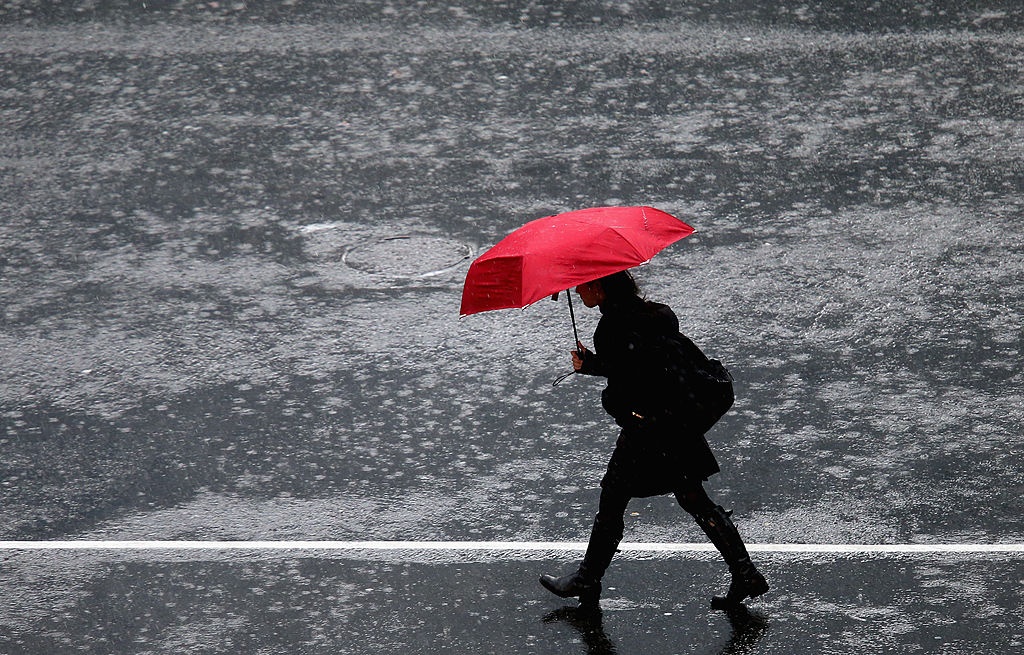
A 7.7-magnitude earthquake that struck in the South Pacific has caused a tsunami, the Australian weather agency said.
“Tsunami confirmed,” the Australian Bureau of Meteorology said in a tweet, as it warned of a threat to Lord Howe Island, which is about 550km (340 miles) east of Australia’s mainland.
The earthquake struck in the South Pacific, the US Geological Survey (USGS) said, sparking a tsunami warning for New Zealand, New Caledonia, Vanuatu and other nations in the region.
The earthquake struck just after midnight on Thursday local time (13:20 GMT on Wednesday) about 415km (258 miles) east of Vao in New Caledonia at a depth of 10km (6.2 miles), according to the USGS.
According to the USGS, it was the strongest of a total of five earthquakes that occurred within an hour to the southeast of the island group.
The NWS Pacific Tsunami Warning Center said waves of 0.3 to 1 metre above the tide level are possible for some coasts of Fiji, New Zealand and Vanuatu.
The New Zealand National Emergency Management Agency released a statement telling people in coastal areas to move away from waterfronts.
“We expect New Zealand coastal areas to experience strong and unusual currents and unpredictable surges at the shore,” the disaster management agency said. “People in or near the sea in the following areas should move out of the water, off beaches and shore areas and away from harbours, rivers and estuaries.”
